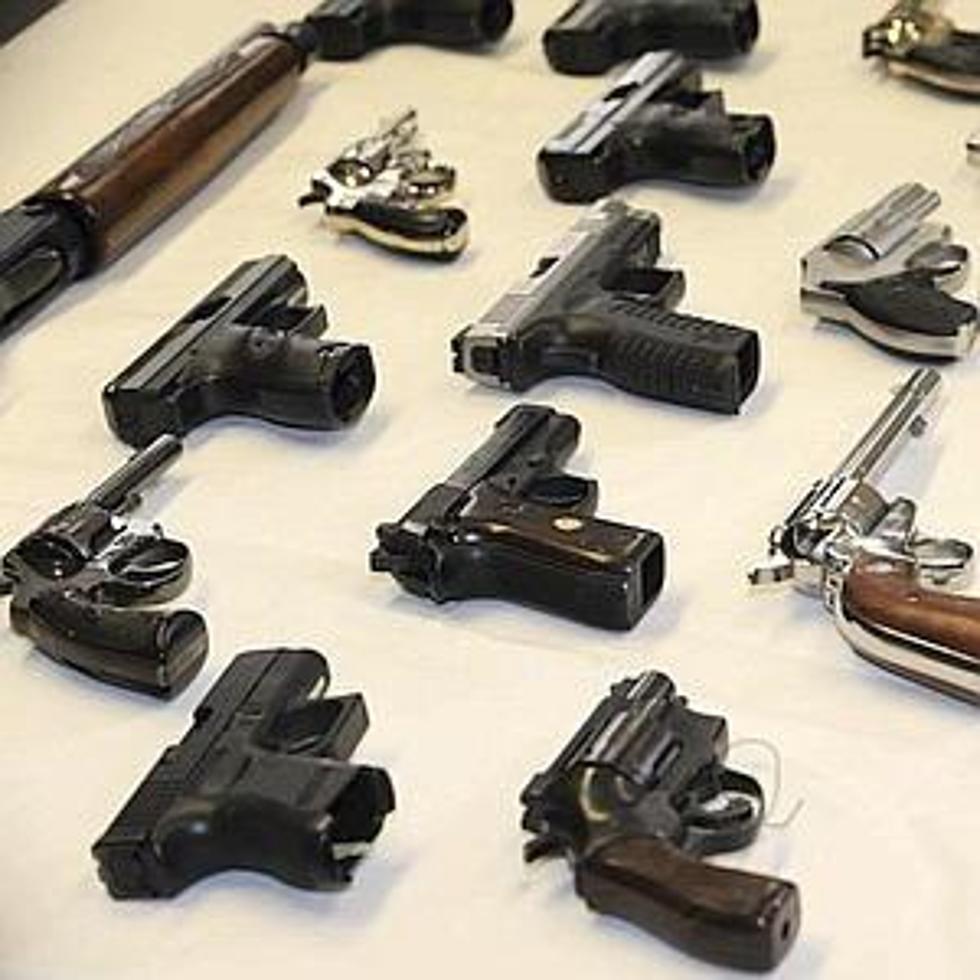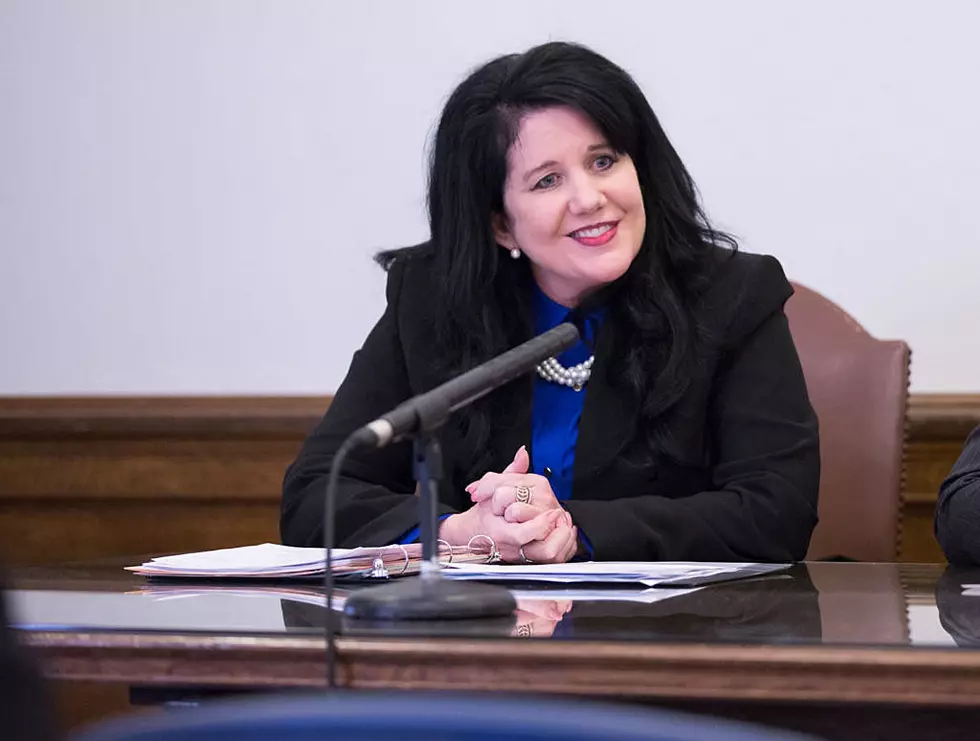
Blame It On The Giant When Corn Costs Creep! – Dave’s Diary
Frosted flakes uses a tiger, Aflac uses a duck and Budweiser hitches up a team of horses. Corporate brands often incorporate mascot icons and they can do a lot for a business . On the flip side, in some cases, the nature of the mascot can work against the home office.For example, the Michelin Man and the Green Giant are both humanized brand icons. So who doesn’t like those guys? Well, likeability isn’t the problem. A new study reveals that these types of mascots may inspire heightened price sensitivity.
As reported by the UPI, "When brands are humanized, consumers attribute human motives to those brands. Consumers are more likely to see price increases in those brands as the result of a manager trying to see how much he can charge rather than responses to impersonal market forces."
Makes sense, after all, nobody thinks a daffy white duck is controlling insurance rates.
In fact, the more human a brand mascot or icon, the more customers are drawn to it when product prices drop, and the more personally they take it when prices rise.
The lesson here-- companies and managers are being cautioned to develop careful communication strategies to make sure customers know the real reasons for price changes. (UPI)
Seriously, when a can of corn increases in price, are you really going to blame it on the green giant-or his boss?
More From News Talk KIT









